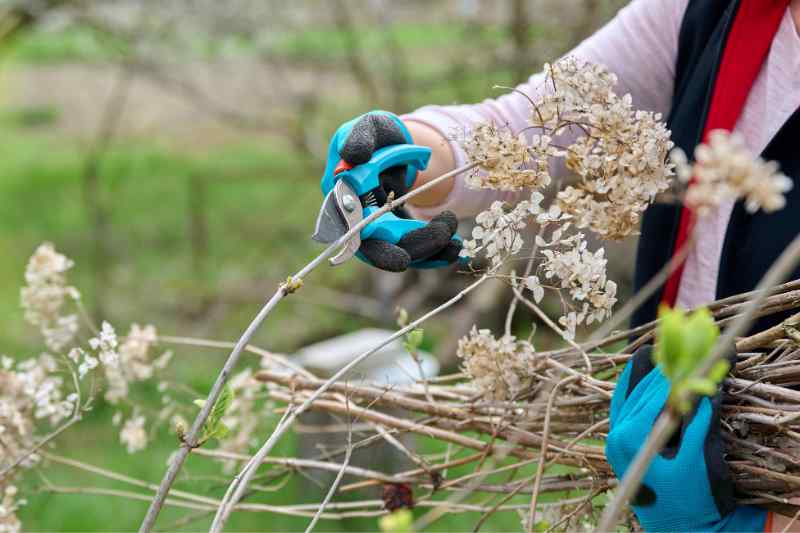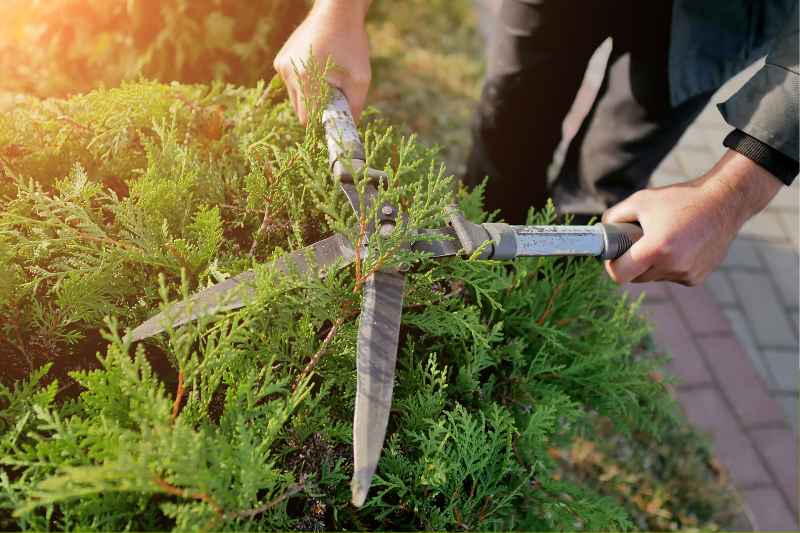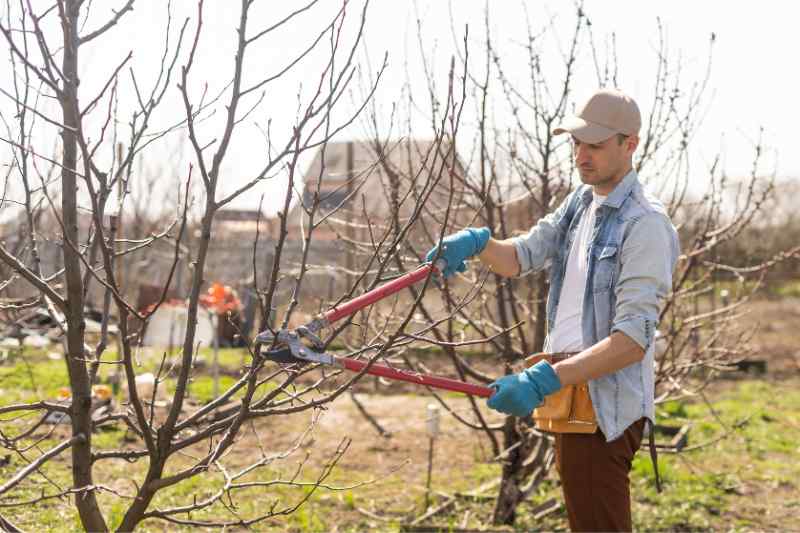Wondering when and how to prune your bushes without risking damage? Many beginner gardeners hesitate before making the first cut with pruning shears, fearing they might weaken their plants or compromise the next flowering. The key is knowing the right time and the right techniques. Let’s explore the basics of bush maintenance pruning together: why prune, when to intervene depending on the season, which tools to use, how to cut the branches of a bush, and above all, the 5 simple steps for successful pruning.
Why Prune Bushes?
Pruning bushes isn’t just about giving them a nice shape. Proper pruning helps to:
- Stimulate the growth of new shoots and flowering.
- Prevent them from becoming too invasive.
- Remove dead or diseased branches to limit diseases and parasites.
- Improve air circulation and light access, promoting generous flowering.
- Rejuvenate ageing bushes by encouraging regrowth.

Understanding Different Types of Bushes for Better Pruning
Deciduous or Evergreen: What’s the Difference?
Deciduous bushes lose their leaves in autumn and remain naked during winter, like lilac, hydrangea, or forsythia. They should be pruned in late winter or early spring, before new growth begins.
Evergreen bushes retain their foliage all year, like laurel, boxwood, or camellia. They require lighter pruning in spring or summer to maintain their shape without slowing their growth too much.

When Should You Prune Bushes?
The key is knowing the right timing and techniques. Pruning too early or too late can prevent the bush from flowering, while a poorly placed cut risks unbalancing the plant. Each bush has its own needs: some should be pruned after flowering, others before spring growth resumes:
| Type of Bushes | Examples | Pruning Period |
|---|---|---|
| Spring-flowering bushes | Lilac, Forsythia, Magnolia | Just after flowering |
| Summer and autumn-flowering bushes | Hibiscus, Buddleia | Late winter or early spring |
| Evergreen bushes | Oleander, Cherry laurel, Photinia, Elaeagnus, Camellia | Light pruning in late winter or after flowering |
| Deciduous bushes | Various deciduous bushes | Late winter or early spring |
| Winter-flowering bushes | Mahonia, Winter jasmine | After flowering |
| Ageing or sparse bushes | Butterfly bush, Dogwoods, Forsythia, Weigelias, Hydrangeas, Cotoneasters, Rugosa roses | Severe pruning in late winter (possible cutting back to 30 cm) |
| Evergreen hedges | Laurel, Photinia, Elaeagnus | Two prunings: spring (March-April) and late summer (August-September) |
| Conifer hedges | Thuja, Cypress | Early spring and late August – September |
| Deciduous hedges | Hornbeam, Beech | Winter (avoid frost, November to February) and summer (June-July) |
- Good to know: Some ageing or sparse bushes (butterfly bush, dogwoods, forsythia, weigelias, hydrangeas, cotoneasters, rugosa roses) may require more severe pruning to rejuvenate. This is done in late winter to prepare for vigorous regrowth in spring. They can be cut back almost to the ground, this is called cutting back. This involves cutting some branches very short (to about 30 cm from the ground) to stimulate the appearance of new shoots.

When to Prune Hedges?
This question often comes up. When should you prune hedge bushes? Pruning a hedge helps maintain a structured garden and ensures dense, harmonious growth. The answer depends on their type.
Evergreen hedge: two prunings per year
Evergreen hedges (laurel, thuja, cypress) retain their foliage all year and require regular pruning to maintain their density.
- Spring (March-April): remove unruly shoots and stimulate growth.
- Late summer (August-September): maintain the hedge’s shape before winter.
Moderate pruning is recommended to avoid weakening the bushes or making them more vulnerable to diseases.
- Early spring and late August – September.
Deciduous hedges: structuring and controlling growth
Deciduous hedges (hornbeam, beech) lose their leaves in autumn and require pruning adapted to their growth cycle.
- Winter (avoid frost, November to February): more pronounced pruning to structure the hedge before spring.
- Summer (June-July): light pruning to limit expansion and balance the silhouette.
Regular pruning, rather than severe cutting, helps maintain a dense and healthy hedge. Good to know: between mid-March and late July, avoid pruning to avoid disturbing bird nesting. Read more on the topic Don’t Prune Hedges Between 15 March and Late July!
⇒ Find all our advice on hedge pruning, when and how?
What Tools Are Essential for Pruning My Bushes?
Necessary equipment:




































Comments